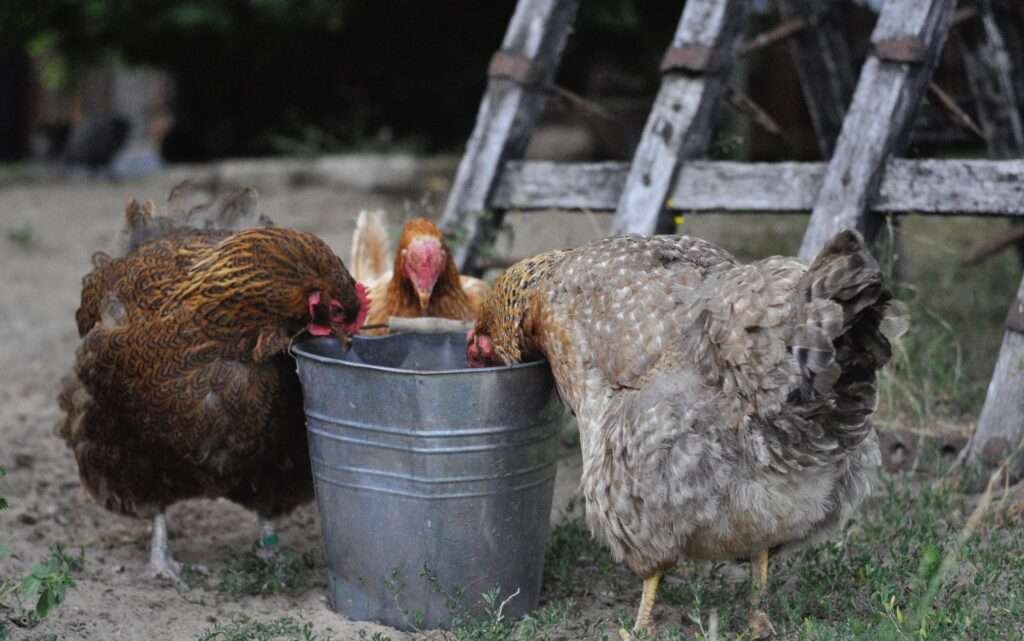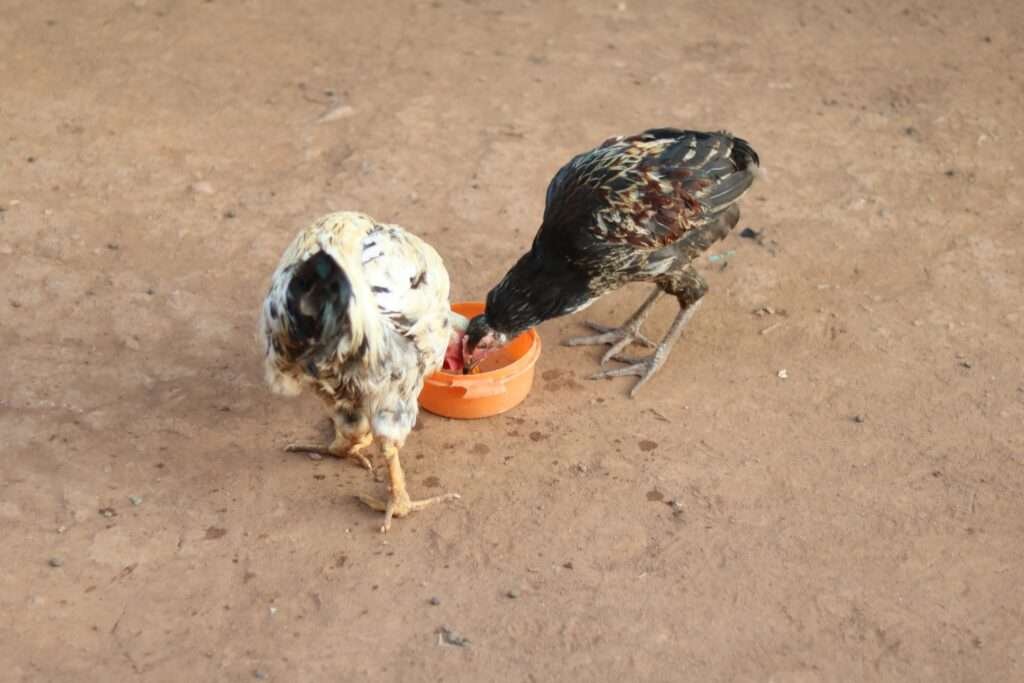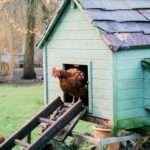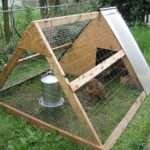When it comes to raising chickens, ensuring a consistent and accessible water supply is essential for their overall health and well-being. As a chicken owner, you want to provide your flock with a waterer that is not only effective but also easy to maintain and cost-efficient. In this comprehensive guide, we will explore various chicken waterer options available for purchase or DIY, considering factors such as cost, contamination risks, and maintenance requirements. Whether you’re looking to purchase a ready-made waterer or get creative with a DIY solution, we’ve got you covered. So let’s dive in and find the perfect waterer for your feathered friends!

1. Ready-Made Chicken Waterers: Convenience and Reliability
Ready-made chicken waterers offer convenience and reliability, as they are designed specifically for the purpose of providing clean water to your flock. Here are some popular options to consider:
- Automatic Chicken Waterer: An automatic chicken waterer utilizes a float valve or nipple system to ensure a constant supply of fresh water for your chickens. These waterers are connected to a water source, such as a hose or water container, and can be a great time-saving option, especially if you have a larger flock. They are easy to use and maintain, as the water replenishes automatically when the chickens drink.
- Heated Chicken Waterer: If you live in a cold climate where temperatures drop below freezing, a heated chicken waterer can prevent the water from freezing, ensuring your chickens have access to water even in winter. These waterers typically have a built-in heating element or use a heated base to keep the water thawed.
- Gravity-Fed Chicken Waterer: A gravity-fed waterer relies on a reservoir filled with water that flows into a base or trough. Chickens can drink directly from the base, and as they do, the water automatically refills from the reservoir. This type of waterer is simple to set up and maintain, requiring occasional refilling of the reservoir.
2. DIY Chicken Waterers: Cost-Effective and Customizable
If you prefer a hands-on approach or want to save some money, DIY chicken waterers can be a great option. Here are a few ideas to consider:
- Recycled Container Waterer: Repurposing items from around your house, such as buckets, jugs, or barrels, can be a cost-effective and environmentally friendly solution. Simply cut an opening in the container’s side at chicken beak height and secure a lid to prevent contamination. These DIY waterers can be easily cleaned and refilled as needed.
- PVC Pipe Waterer: Building a PVC pipe chicken waterer allows for a customized and durable option. By creating a system with PVC pipes, valves, and nipples, you can provide a clean and regulated water supply for your chickens. This DIY project requires some plumbing skills but can result in a long-lasting and efficient waterer.
- Chicken Waterer Cups: Chicken waterer cups are small devices that can be attached to containers, such as buckets or barrels, providing access to water when the chickens peck at them. They are easy to install and can be an inexpensive DIY solution.

3. Comparing Costs, Contamination Risks, and Maintenance
When selecting a chicken waterer, it’s essential to consider costs, contamination risks, and maintenance requirements. Let’s break it down:
- Cost: Ready-made chicken waterers vary in cost depending on their features, capacity, and brand. Automatic or heated waterers for cold winters may be more expensive initially, but they offer convenience and time-saving benefits. DIY waterers are generally more cost-effective, especially when using recycled materials.
- Contamination Risks: Ready-made waterers are often designed with features to minimize contamination risks. They have secure lids, valves, or nipples that prevent dirt, debris, and droppings from contaminating the water. DIY waterers may have a higher risk of contamination if not properly constructed or maintained. Regular cleaning and monitoring are essential to ensure a safe water supply for your chickens.
- Maintenance: Ready-made waterers are designed for easy maintenance. Many models have removable bases or parts that can be easily cleaned and replaced. Some automatic waterers have self-cleaning or anti-algae features. DIY waterers may require more frequent cleaning and refilling, depending on their design. Ensure that any DIY waterer is constructed with food-safe materials and has accessible parts for easy cleaning and maintenance.
Choosing the Ideal Chicken Waterer for Your Flock
Selecting the right chicken waterer involves considering factors such as convenience, cost, contamination risks, and maintenance requirements. Ready-made waterers offer convenience, reliability, and features designed to minimize contamination risks. They are ideal for those who value time-saving solutions and reduced effort in daily maintenance. On the other hand, DIY waterers allow for customization, cost-effectiveness, and the satisfaction of repurposing materials. They are a great option for those who enjoy hands-on projects and want to save money. Ultimately, the choice depends on your specific needs, budget, and preferences. Whichever option you choose, ensure that your chicken waterer provides a consistent supply of clean water, helping to keep your flock healthy and hydrated




